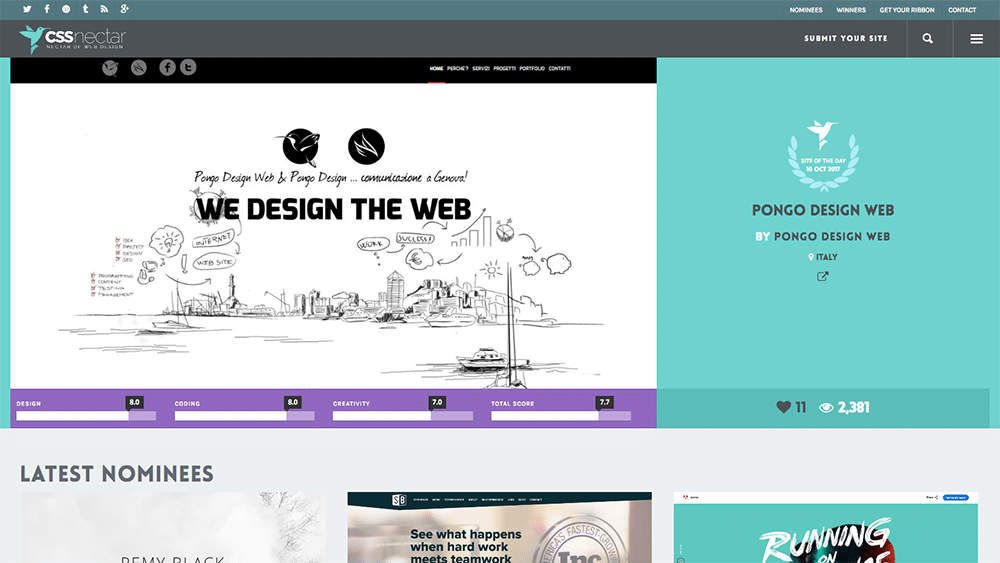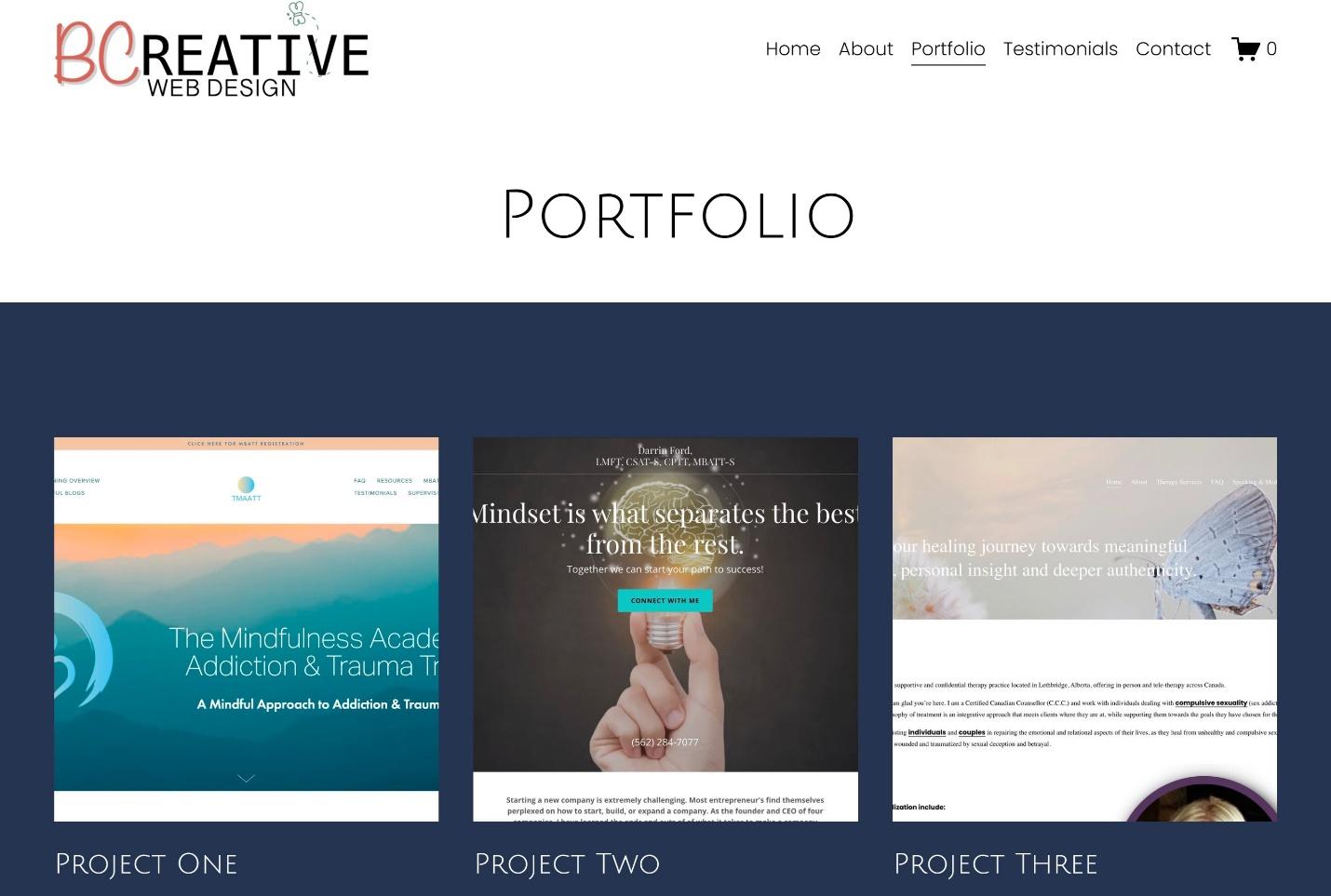Necessary Tips for Crafting High-Impact Web Site Layouts
In the realm of digital marketing, the design of a website offers as a crucial touchpoint for engaging prospective clients. To create high-impact internet site layouts, one have to take into consideration necessary components such as target market understanding, customer experience, and aesthetic power structure.
Understand Your Audience
Comprehending your target market is basic to effective internet site style. A website that reverberates with its visitors is typically the result of extensive study and insights right into customer habits, preferences, and demographics. Determining target individuals allows developers to customize material, visuals, and capabilities that satisfy their specific needs, enhancing involvement and contentment.
To properly understand your audience, begin by performing demographic evaluations to gather data on age, sex, place, and rate of interests. This information functions as a structure for creating individual personalities, which stand for the key attributes of your target audience. These personalities overview decision-making in style elements and material technique, making sure positioning with user expectations.
In addition, analyzing individual behavior via tools like Google Analytics can disclose how visitors interact with your website. Metrics such as bounce rates and time on page can highlight areas that require improvement or modification. Customer studies and feedback additionally offer indispensable understandings into choices and pain points.
Eventually, a deep understanding of your audience is not merely advantageous but important. It equips developers to produce more relevant, attractive, and useful websites that foster a positive user experience and drive wanted end results.
Prioritize Individual Experience
When creating a website, focusing on individual experience (UX) is paramount to achieving both individual fulfillment and organization purposes. A well-crafted UX makes sure that visitors can navigate the website easily, discover the info they need, and involve with material successfully. To accomplish this, it is important to take on a user-centered style approach that entails understanding individual requires, choices, and habits.
Beginning by carrying out extensive study, consisting of user surveys and functionality testing, to collect understandings into exactly how customers interact with your website. This data ought to inform style choices, making certain that layouts and features align with customer assumptions. Streamlined navigating is important; site visitors need to be able to locate information promptly without unnecessary clicks or confusion.

Finally, ensure that your website is available to all users, including those with specials needs. Complying with availability criteria not only expands your target market however additionally fosters inclusivity. By prioritizing UX, you lay the foundation for an effective site that meets both customer requires and service objectives.
Embrace Visual Hierarchy
A well-structured visual power structure plays a substantial duty in improving customer experience by assisting site visitors' interest to one of the most important components of a web site. By purposefully preparing material, designers can develop a clear path for customers to follow, guaranteeing they involve with crucial information successfully.

Furthermore, the positioning of elements on the page is vital. Leading the visitor's look through the layout can be accomplished by positioning essential details at the top or in the center, where customers typically start their aesthetic journey. Incorporating whitespace around aspects can additionally enhance clarity, making it simpler for customers to process information without really feeling overwhelmed.
Finally, using typography successfully adds to aesthetic power structure. Various font style designs, weights, and dimensions can signify relevance, leading individuals with the content perfectly. By embracing these principles, designers can produce an intuitive experience that fosters engagement and encourages individuals to explore better.
Optimize for Mobile
Mobile optimization is necessary in today's electronic landscape, as a considerable section of internet traffic originates from smart phones. To ensure a seamless individual experience, internet sites must be designed with mobile customers in mind. This entails using responsive website design methods that adjust the layout, pictures, and text to fit numerous screen dimensions while preserving functionality and looks.
First, prioritize packing speed, as mobile customers often operate slower networks. Enhance photos and lessen code to enhance performance. Furthermore, navigation needs to be intuitive; take into consideration carrying out a simplified food selection that permits very easy access to necessary web pages without frustrating individuals.
Touch targets, such original site as switches and links, have to be appropriately sized, guaranteeing they are conveniently tappable without mistakes. Additionally, ensure that forms are mobile-friendly by lessening input fields and making use of dropdowns where relevant, streamlining the user experience.
Finally, examination your site across various mobile phones and internet browsers to determine any problems that might affect usability. By focusing on mobile optimization, you not just improve individual fulfillment yet additionally favorably impact your site's internet search engine position, thus drawing in even more visitors and boosting general involvement.
Implement Strong Branding
Developing a well-known and natural brand name is basic to developing a strong online existence. A distinct brand not just separates you from competitors but likewise promotes trust fund and commitment amongst your audience. To carry out strong branding, start by establishing a clear brand identity that envelops your goal, values, and vision - website design copyright. This identity needs to be reflected consistently across all electronic touchpoints, including your internet site, social networks, and email communications.
Visual components such as logos, color pattern, and typography play a crucial function in branding. Choose a shade combination that reverberates with your target market and mirrors your brand name character. Ensure that your logo is flexible and plainly shown on your site, enhancing brand recognition.
Web content is just as important; your tone of voice should align with your brand name identity, whether it's specialist, pleasant, or authoritative. Involving storytelling can further strengthen your brand, producing a psychological link with individuals.
Conclusion
To conclude, crafting high-impact web site layouts demands a diverse strategy that includes understanding the target market, prioritizing individual experience, and embracing visual hierarchy. Optimization for smart phones remains critical, alongside the execution of strong branding methods. By integrating these components, web sites can effectively involve individuals, promote seamless navigating, and foster emotional links that enhance brand name identity. Eventually, adherence to these concepts adds to the creation of compelling and effective digital experiences that reverberate with target audiences.
To create high-impact site layouts, one have to consider essential components such as audience understanding, individual experience, and aesthetic hierarchy.When designing a site, focusing on user experience (UX) is critical to achieving both user contentment and company objectives.Start by carrying out thorough study, consisting of individual surveys and click here for more info usability testing, to collect understandings right into exactly how individuals communicate with your website. To make certain a smooth user experience, websites have to be created with mobile customers in mind.In final thought, crafting high-impact website layouts necessitates a multifaceted strategy that includes comprehending the target market, focusing on user experience, and accepting visual pecking order.